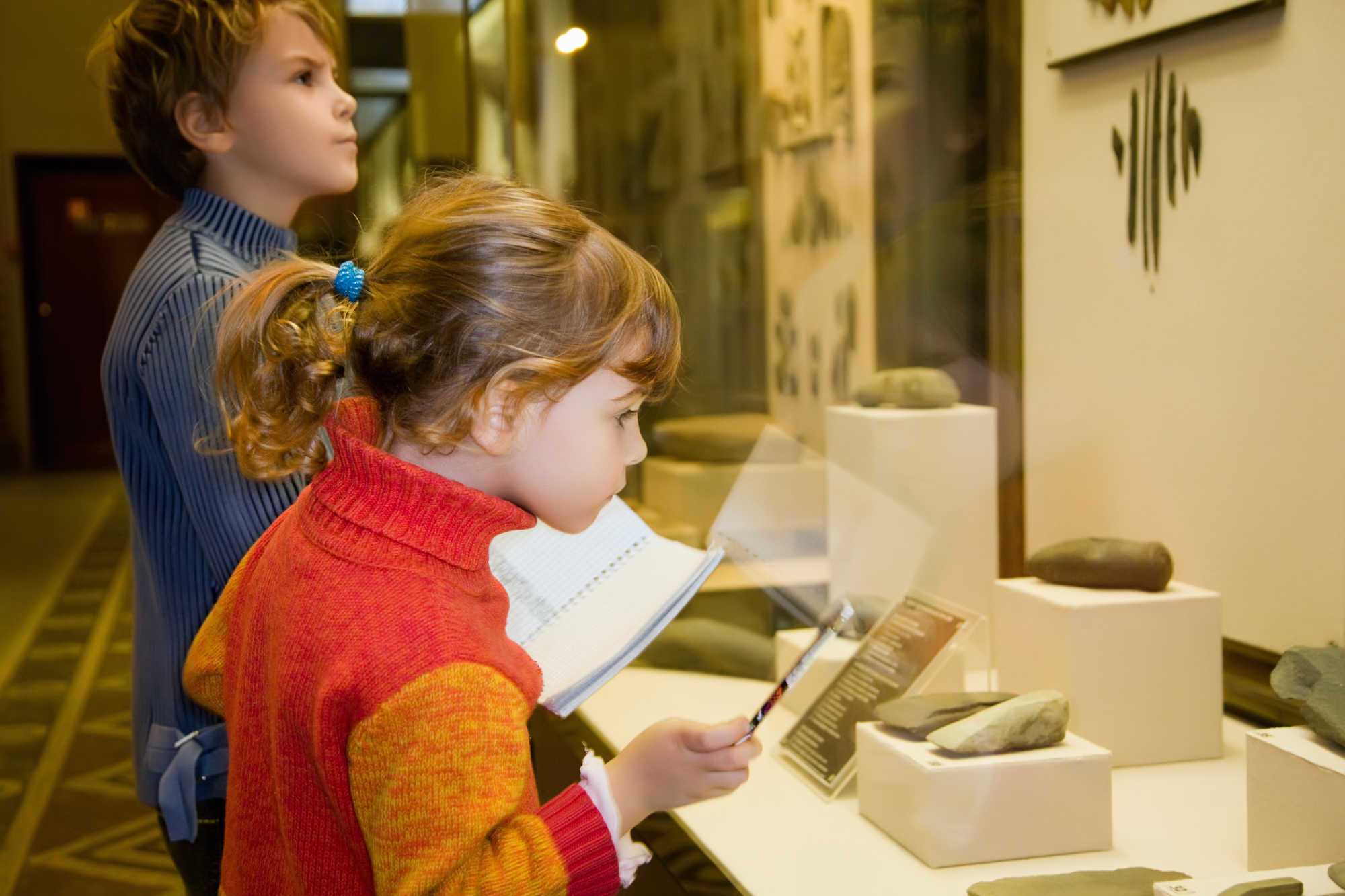Art in everyday life - 4 ways to celebrate and develop creativity in children

Budding artists bring a spark of creativity to many of their pursuits. Seeing the world around them in a left-of-centre way, can also increase their critical thinking and problem solving skills. While developing the left brain’s ability to reason with logic, there are a range of reasons why activating the complementary side is worth equal attention.
1. Patterns, colours and shapes in nature
Daily exercise is a healthy habit to maintain for everyone … but the benefits can be boosted if a stroll, say through nature, also sparks a conversation about what your child can see. Have they noticed a new flower in bloom thanks to the changing season? How are a tree’s leaves a different shade of green to say, a race car green? Does a hedge in someone’s front lawn mirror a building’s structure? What style of garden does this look like - French? English? Italian?
2. The study of an artists’ style
Coffee table books based on an era of art, like the impressionists or pop artists can inspire afternoons of re-drawing and copying different styles. Seeing through an artists’ lense can be a great way to educate on the principles of aesthetics. Take a bowl of fruit often in the kitchen… imagine drawing the fruit in the style of Picasso and then in the style of Van Goh.
3. Houses and history
Houses can provide a history lesson to children and represent fascinating eras of society’s progress to today. There are Victorian, Federation, California Bungalow, Modernist … mock tudor and more. Not only are these different styles interesting, but the homes’ functionality can also tell of the way society functioned. Try asking your children what they think the roles people played within the homes from different eras were. Why were wrap-around porches common, compared to open-plan houses … where did the California bungalow style come from?
4. Restoring and recycling
Rather than resorting to buying new things if something breaks, children can be encouraged to restore an old bike, mend a hole in a sock and recycle some furniture to repurpose it into a whole new item. This not only takes patience, but can lend to afternoons of creativity and reinvention … and is also good for the environment!



